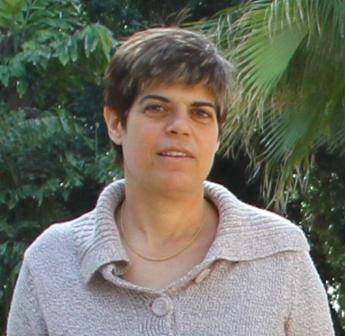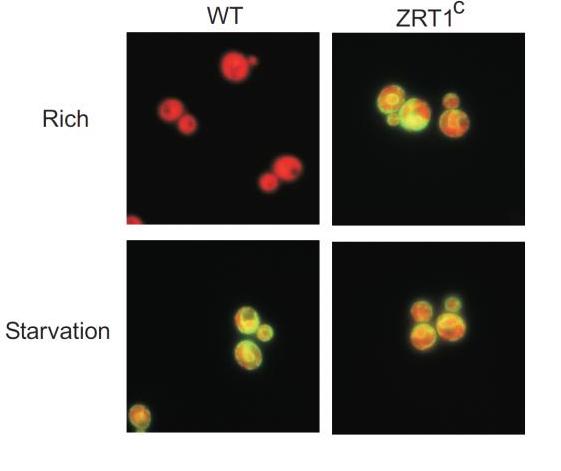Are you a journalist? Please sign up here for our press releases
Subscribe to our monthly newsletter:

Sugar, cholesterol, phosphates, zinc – a healthy body is amazingly good at keeping such vital nutrients at appropriate levels within its cells. From an engineering point of view, one all-purpose model of the pumps on the surface of a cell should suffice to keep these levels constant: When the concentration of a nutrient – say, sugar – drops inside the cell, the pump mechanism could simply go into higher gear until the sugar level was back to normal. Yet, strangely enough, many cells are known to use two types of pump: One is active in “good times,” when a particular nutrient is abundant in the cell’s environment; the other is a “bad-times” pump that springs into action only when the nutrient becomes scarce. Why does the cell need this dual mechanism?
A new Weizmann Institute study, reported in Science, might provide the answer. The research was conducted by Dr. Sagi Levy, Moshe Kafri and Miri Carmi in the lab of Prof. Naama Barkai of the Molecular Genetics Department.
In their new study, the scientists discovered that cells which repress their “bad-times” pumps when a nutrient is abundant were much more efficient at preparing for starvation and at recovering afterwards than the cells that had been genetically engineered to avoid this repression. Apparently, the “good-times” pumps serve as a signaling mechanism that warns the yeast cell of approaching starvation, giving the cell more time to stock up on the scarce nutrient and helping the cell to start growing faster once starvation is over.

Thus the dual-pump system appears to be part of a regulatory mechanism that enables the cell to deal effectively with fluctuations in nutrient supply. If these findings prove to be applicable to human cells, they could explain how our bodies maintain adequate levels of various nutrients in tissues and organs. Understanding dual-pump regulation could be crucial because mishaps in the process might contribute to various metabolic disorders.
Prof. Naama Barkai's research is supported by the Helen and Martin Kimmel Award for Innovative Investigation; the Jeanne and Joseph Nissim Foundation for Life Sciences Research; the Carolito Stiftung; Lorna Greenberg Scherzer, Canada; the estate of John Hunter; the Minna James Heineman Stiftung; the European Research Council; and the estate of Hilda Jacoby-Schaerf. Prof. Barkai is the incumbent of the Lorna Greenberg Scherzer Professorial Chair.